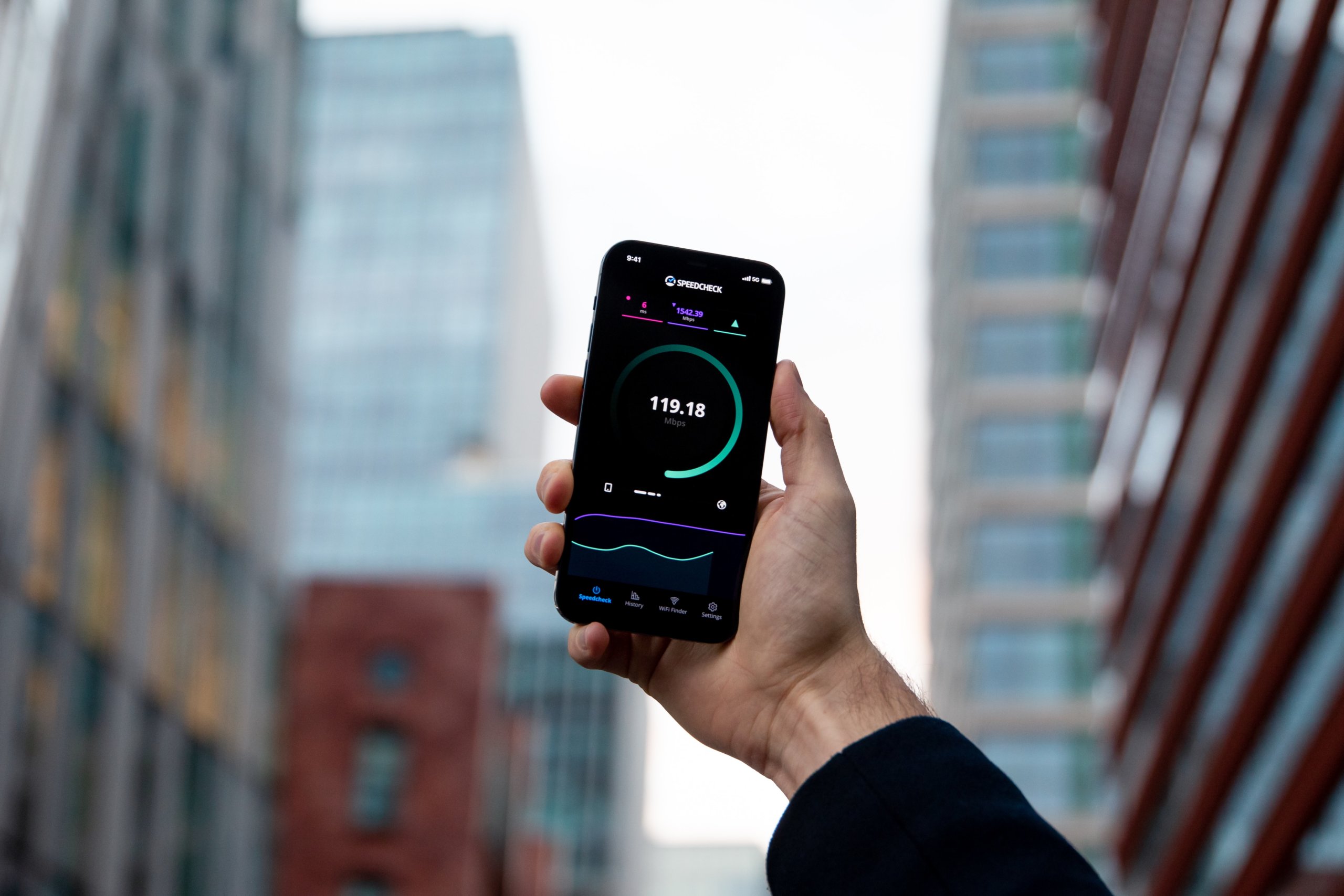
The roll-out of 5G across the entire world is going to largely affect how we connect and network with each other. In business, 5G will boost the stability and connectivity of existing Internet of Things (IoT) applications while bolstering new IoT systems. It won’t take long for our cities, homes, and ways of living to adapt to all of the benefits 5G will bring, not to mention the added communication abilities, like staying in touch while traveling or connecting to the car next to you in traffic.
Ultimately, 5G will effect change in society, digitalization, and economies in almost all aspects of life and business, but for now, 5G operators are working to ensure mobile connectivity is strong and stable before expanding their focus to other industries and fields. Once that’s done, work will pivot to optimizing connectivity across consumers, businesses, and supply chains.
The Growing Need for Connectivity
Every year, the world’s data volume increases, and with more Internet-enabled devices than ever, 5G has become crucial. Soon, existing technologies won’t be able to meet IoT’s requirements unless 5G is available everywhere. As an example, in 2017, Germany doubled its data volume from 2015, reaching 1 billion gigabytes in a single year.

Experts calculated the number of connected devices and sensors reached between 50 and 500 billion in 2020. With these numbers growing every year, 5G offers unlimited possibilities for our global economy and productivity. Once we reach a certain global data volume, we will need 5G to maintain and scale up business and consumer needs.
LTE Today, 5G Tomorrow
3G made it possible for us to use our phones on a mobile connection with relative ease and speed, and it catalyzed the popularity and manufacturing of smartphones. With the roll-out of 4G LTE, data transfer rates skyrocketed, and it remains the most popular and most-used network even today. 4G LTE offers speeds up to 100 megabits per second, although many of us will experience those speeds first-hand on and off.
It’s possible to boost LTE bandwidths for download speeds up to 4,000 megabits (4 gigabits) per second, and while this is super fast, LTE was designed for smartphone use. On the other hand, 5G will be optimized from the ground-up for IoT connectivity. 5G speeds are faster than much of the Wi-Fi connections available around the world: stable speeds up to 20 gigabits per second aren’t out of the question with 5G.
In comparison, the first smartphones with 1G were eight million times slower than phones will be with 5G. When you put it that way, it seems 5G opens up all kinds of new doors. Now we can dream of transmitting data in real-time with no quality loss. We can theoretically connect 100 billion mobile devices around the world and access them all at the same time. 5G offers stable connection quality and an obvious increase in speeds (moving up to 500 kilometers per hour). That’s like driving from New York City to Los Angeles in nine hours, rather than the 41 hours it would normally take by car.
And besides smartphones, in our increasingly digital world, 5G will be a major asset in applications to many areas and industries. As a result, 5G will become the key technology for connectivity in the near future.
Unlimited Potential
In addition to IoT, the Industrial IoT, a major consumer of mobile connectivity technology, will benefit immensely from 5G. 5G will offer continuous connectivity and data transmission between robots, systems, machines, and people. And analysis will be done on-demand using edge computing, which is an emerging technology that we won’t be able to utilize fully without 5G.
The number of connected sensors and devices is expected to grow at a massive rate, and problems will be pinpointed in real-time rather than after the fact. Optimization can be done in real-time (or close to it), minimizing downtime, revenue loss, and loss of productivity. 5G will enable humanless tasks, not just in driving, but for industrial tasks like picking up and delivering goods, machine-to-machine communication, and loading and unloading materials.
Connectivity in a Digital World
Digital transformation (thanks in part to the pandemic) is driving the growth and expansion of many emerging technologies. But in the field of network connectivity, digital transformation is leading the charge for what to focus on and for use cases. High-quality connectivity is the most important end goal of 5G, especially for both large and small IoT systems. A dropped connection could lead to the factory floor production getting halted.
IoT and 5G experts know that all of the possibilities are still unmapped and unknown. As we arm ourselves with more stable and scalable emerging technologies, we will uncover more ideas, innovations, and opportunities that were previously thought of as unfeasible. Smart farming, which involves keeping an eye on all animals at any given time, crop health, soil moisture, changing weather, and much more, will finally be possible and closer to real-time observation than ever before. Accordingly, we’ll see a large increase in sustainability and efficiency in food production.
5G’s Prospects
Although we don’t know when 5G will reach market maturity, it’s obvious that it will bring about more possibilities, efficiencies, and connectivity than we’ve ever experienced before. It’s unclear what new ideas will be unlocked by the power of 5G. But one thing is certain: The world will never be the same when this next level of network connectivity is fully realized.






